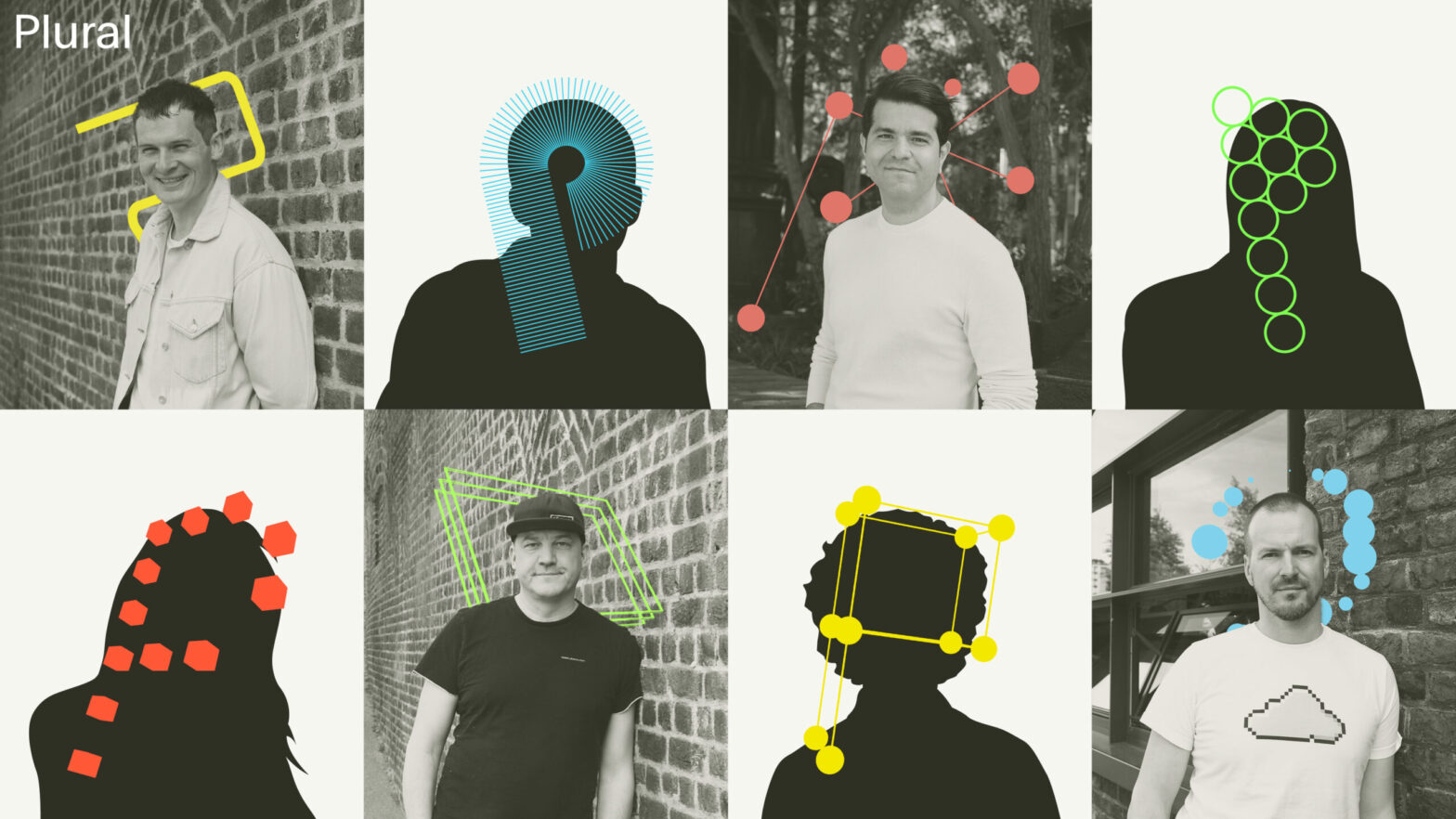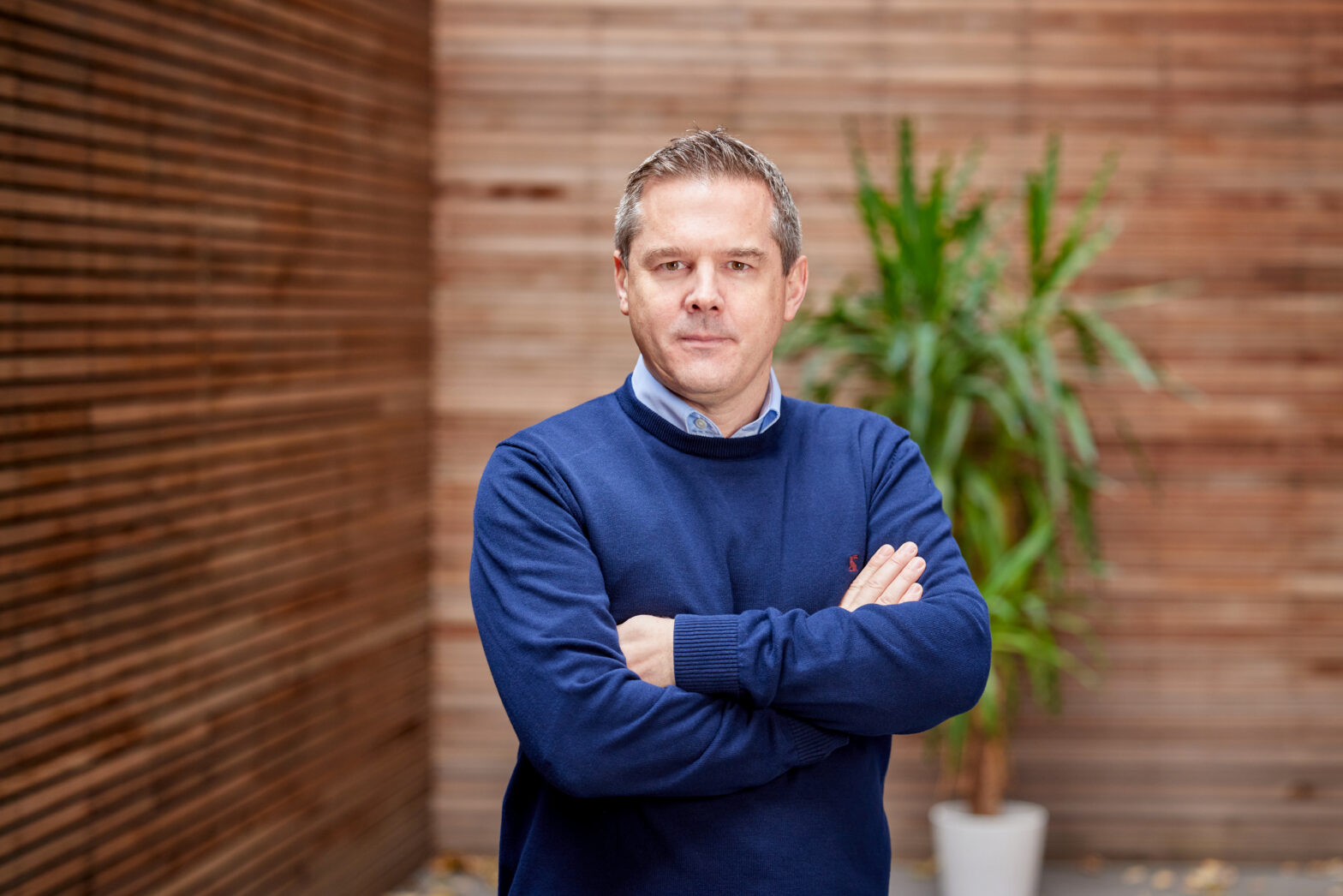Investing in renewable energy has been something of a holy grail for venture capitalists: enormous potential for future market growth, social and environmental benefits and attractive tax breaks.
There’s only one problem. To date there’s been a lack of actual returns and the level of investment in this area of the market has therefore been lower than it could be.
But prospects for the sector changed for the better in February when the Department of Energy and Climate Change published its long awaited paper on feed-in tariffs (FiTs). The FiT scheme amounts to a 20-year guarantee of attractive prices for small-scale generation of clean energy (25 years in the case of solar power), and includes a wide range of renewable energy technologies such as photovoltaic cells, wind turbines, micro-hydro power and anaerobic digestion.
In my view, feed-in tariffs have ensured that the environmental sector will be one part of the economy that will grow strongly over the next three years. Understandably this potential growth has attracted a lot of interest from the investment community, as well as the general public and environmentalists. By carefully matching the risks with the returns under the FiT scheme, we are able to find attractive investment opportunities for our VCT funds and, in so doing, help to build a new generation of low-carbon, energy producing businesses.
Whilst there are no sub-sectors that we would not look at, wind is probably the trickiest. It has been established the longest so many of the best sites have already been developed. The recent FiT announcements favoured really small individual wind projects capable of generating around 10 kilowatts a year, which means an investor would need to have hundreds of individual turbines – all on different sites – to make an investment worthwhile.
There are other concerns for an investor to bear in mind. Although one of the main attractions of the renewable sector as a whole is the low technology risk, there are other dangers, such as rapidly falling capital costs that encourage new competition, and the usual investment risks around the management team.
‘Of all the sub-sectors, wind is probably the trickiest’
There is also what I call “input risk”, which varies depending on the project, but for solar or wind power for example, would revolve around how sunny or windy a particular location turns out to be, while for biomass and waste-to-energy that risk would be the price and availability of feedstock. So many projects I see are at an early stage and speculative – the proposal is based on the hope that the inputs will come once the plant is built. To get a project funded you need a site and contracted inputs for the first phase of the project.
Although technology risk is low, some risk remains due to the relatively short operating history of many technologies. Wind turbines often use gearboxes originally designed for helicopters and can experience problems leading not only to repair costs, but also a loss of income. The other big technological hurdle still to be crossed is gasification, a more energy efficient way of getting both heat and electricity from biomass, which is a great idea but at an early stage when it comes to proving it works robustly.
So here are my tips for pitching cleantech investment propositions to a venture capitalist:
- Name your inputs and show they can be contracted
- Have a site
- Demonstrate your knowledge of the proposed technology
- Calculate the return on the project and show it is attractive
Albion Ventures has invested in a number of businesses in the environmental sector including ultra-high temperature sensor concern Oxsensis, energy performance certificate provider Green Energy, and timber tracking software specialist Helveta.
See also: Cleantech’s hottest subsectors – David details the growing maturity of the green market and the increasing attractiveness of solar, anaerobic digestion and hydroelectricity.






